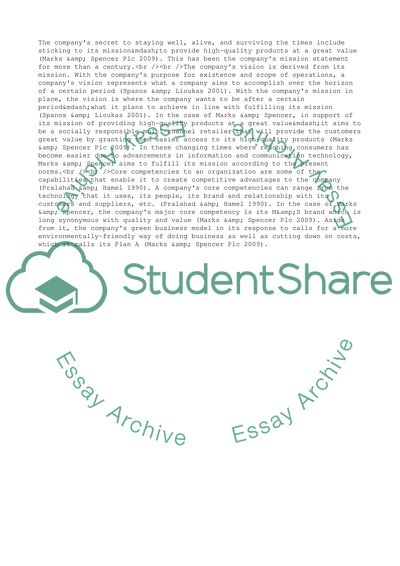Cite this document
(Strategic Planning and Strategy Formulation of Marks & Spence Assignment - 1, n.d.)
Strategic Planning and Strategy Formulation of Marks & Spence Assignment - 1. https://studentshare.org/business/1728752-business-strategy
Strategic Planning and Strategy Formulation of Marks & Spence Assignment - 1. https://studentshare.org/business/1728752-business-strategy
(Strategic Planning and Strategy Formulation of Marks & Spence Assignment - 1)
Strategic Planning and Strategy Formulation of Marks & Spence Assignment - 1. https://studentshare.org/business/1728752-business-strategy.
Strategic Planning and Strategy Formulation of Marks & Spence Assignment - 1. https://studentshare.org/business/1728752-business-strategy.
“Strategic Planning and Strategy Formulation of Marks & Spence Assignment - 1”. https://studentshare.org/business/1728752-business-strategy.


